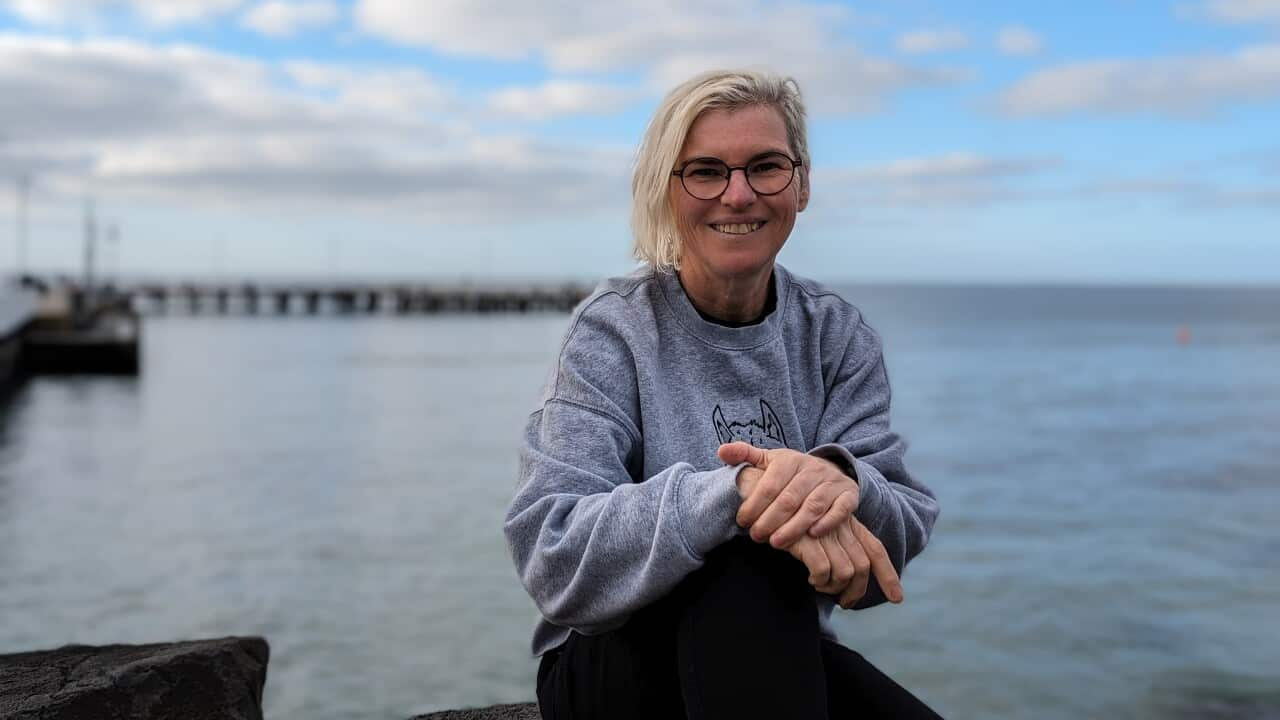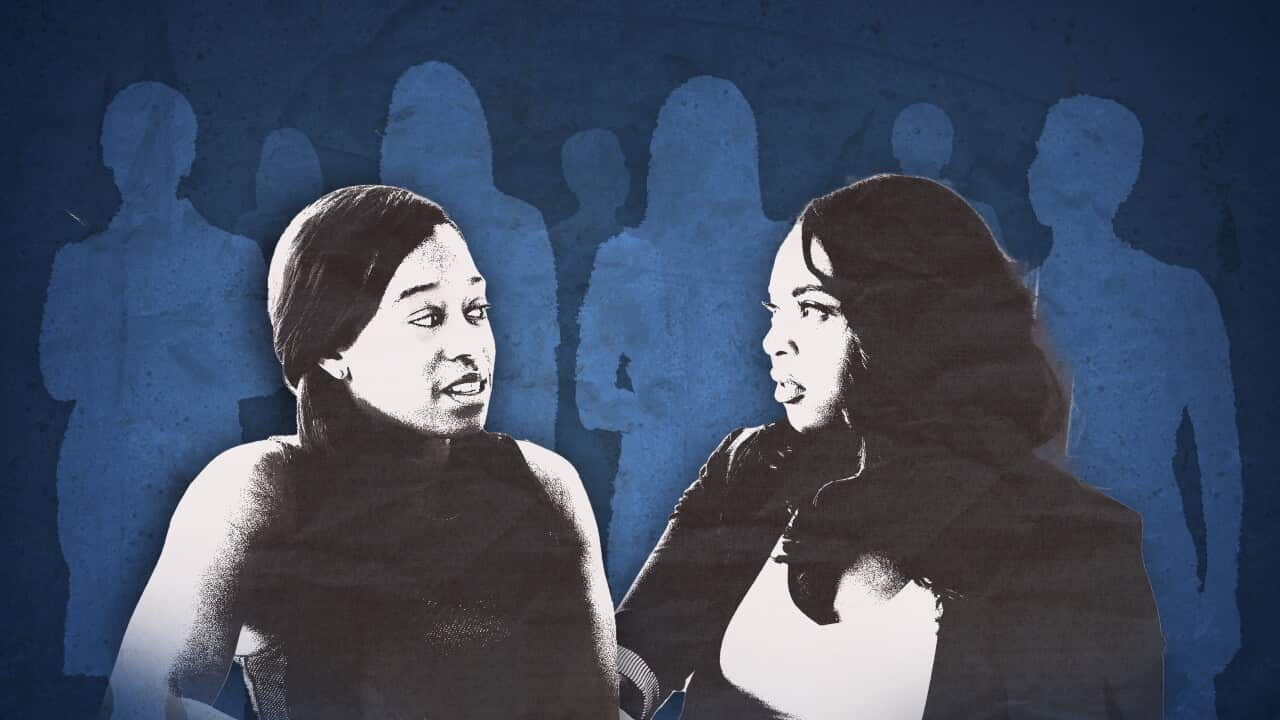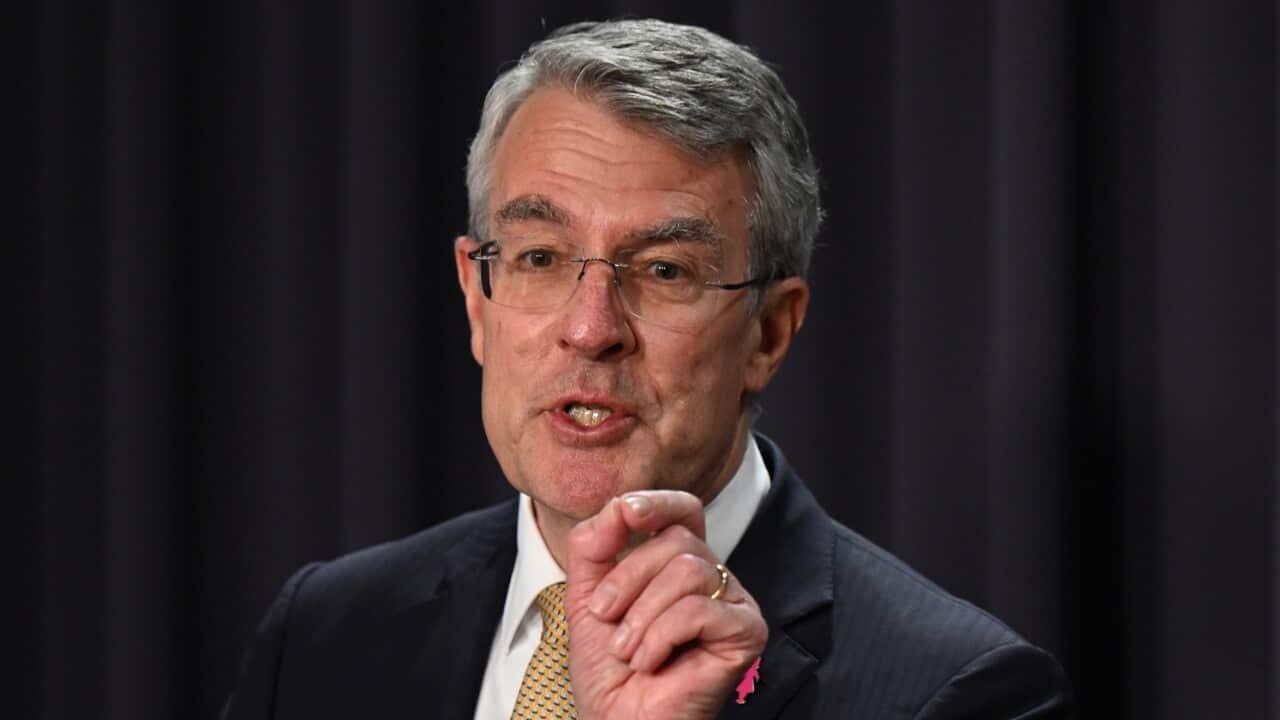This figure wasn't calculated by a government body or advocacy organisation; it was collated by journalist Sherele Moody.
During her 27 years in the media, Moody has won accolades for her reporting and research, which has involved verifying and cataloguing women and children who have died in violent incidents.
Politicians and the media regularly cite her work.
"There's a lot of work involved communicating and accessing information via police. I also rely a lot on court records and, obviously, media reporting. And a big part of the work is also influenced by families, the victims, and by friends and those close to them," Moody said.
"I think I have around 3,000 deaths documented at this stage."
A personal reason to seek answers
Moody started an organisation called The Red Heart Campaign almost a decade ago, after she noticed a gap in the reporting of women impacted by violence.
She grew up scarily close to a perpetrator herself.
"My stepfather murdered, raped and abducted two little girls named Stacey-Ann Tracy and Sandra Bacon in rural Queensland," she said.
"That had a huge impact on my life, and I had got to a point where I felt like the anger that kind of came with that and the sadness that I wanted to funnel it into something."
Australia didn't at that time have an online space dedicated to women and children lost to violence. When Moody started The Red Heart Campaign, Stacey-Ann and Sandra were the first victims she documented.
Why do numbers differ?
Several groups now report on violence against women, including Counting Dead Women, which has received a lot of attention on social media and "researches, records and publishes every reported femicide in Australia".
They have said 28 women have been killed in 2024, up to April 30.
Moody explained that the groups have different areas of responsibility, meaning the number of Australian women killed by violence can vary depending on where you look.
"For me, if a woman is killed, regardless of the context, she is documented on the Memorial for Women and Children Lost to Violence and also the Australian Femicide map. I do want to stress that I do document (Australian) women who have been killed overseas," she said.
"It's really important, for example, that we count the victims of , so we can have a view of women who have been killed by strangers or from domestic violence.
"We need to look at the perpetrators of all of these acts of violence and we need to find the common themes here."
Families and friends of victims also reach out to her to report deaths the police and media may not be aware of.
"One of those cases just came to light yesterday. An Indigenous woman died in Darwin Hospital at the end of February. She died five months after she was allegedly bashed. That was a death that I didn't know about until yesterday," Moody said.
The need for more research
The most up-to-date government statistics map women killed by former partners up until June of 2023.
, the report found the number of women murdered by former or current partners rose by 28 per cent compared to the previous financial year.
We need to look at the perpetrators of all of these acts of violence and we need to find the common themes here.Sherele Moody
Moody said that, while her reporting is not perfect, it gives invaluable up-to-date numbers regarding violence against women and children.
"We can't get a pattern of behaviour, we can't get a pattern of the violence unless we document every one of these women, unless we have the research showing how they all died and the context of their death," she said.



